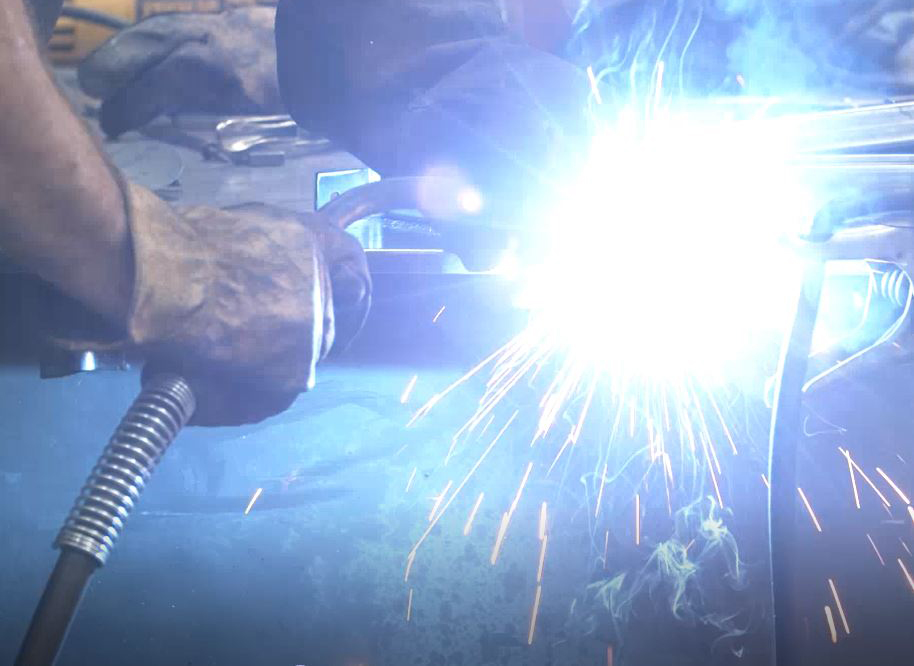
In the world of machining, precision, efficiency, and consistency are paramount. CNC machines have revolutionized the manufacturing industry by offering unparalleled accuracy and automation. However, to fully harness the potential of CNC machines, it is crucial to implement effective workholding solutions.
CNC workholding fixtures play a vital role in ensuring the secure and precise positioning of workpieces during the machining process. In this article, we will explore various methods for success in machining by making use of CNC workholding fixtures.
Methods for Effective Machining with CNC Workholding Fixtures
- Understanding CNC Workholding Fixtures:
CNC workholding fixtures are specialized devices designed to hold and position workpieces securely during machining operations. They provide stability and accuracy, minimizing vibrations and movement that could affect the quality of the finished product. Workholding fixtures come in various forms, including vises, clamps, chucks, collets, and specialized custom fixtures tailored to specific machining requirements.
- Selecting the Right Workholding Fixture:
Choosing the appropriate workholding fixture is crucial for successful machining. Factors such as the type of workpiece, machining operations, and desired precision should be considered. Vises are versatile and widely used, providing flexibility for different workpiece sizes and shapes.
Clamps are ideal for securing irregularly shaped or non-magnetic workpieces. Chucks and collets are commonly used for rotational workpieces, providing high concentricity and accuracy. Custom fixtures are designed for specific applications, ensuring optimal stability and accessibility.
- Ensuring Proper Fixture Setup:
Proper setup of CNC workholding fixtures is essential to achieve accurate and repeatable results. It starts with aligning the fixture with the machine’s coordinate system, ensuring precise positioning and orientation.
Careful consideration should be given to the location of clamps, jaws, or other gripping mechanisms to avoid interference with cutting tools or machine components. Adequate support and clearance should be provided to prevent workpiece deflection during machining.
- Implementing Modular Fixturing Systems:
Modular fixturing systems offer a versatile and cost-effective solution for CNC machining. These systems consist of standardized components, such as plates, clamps, and locating elements, which can be quickly assembled and reconfigured for different workpieces.
Modular fixturing minimizes setup time and allows for efficient use of machine resources. It also enables easy replication of successful setups and facilitates rapid changeovers between different production runs.
- Leveraging Advanced Workholding Technologies:
Advancements in workholding technologies have further enhanced the capabilities of CNC machining. Magnetic workholding systems utilize powerful magnets to securely hold ferrous workpieces, eliminating the need for clamps or vises.
Vacuum workholding systems utilize suction to hold flat or thin workpieces, providing unrestricted access for machining operations. Hydraulic or pneumatic clamping systems offer high clamping forces and rapid setup capabilities. Exploring these advanced technologies can significantly improve productivity and machining efficiency.
- Emphasizing quality assurance:
In the CNC machining process, ensuring consistent quality is vital. Properly designed and implemented workholding fixtures contribute to maintaining dimensional accuracy and surface finish throughout production runs.
Regular inspections and maintenance of workholding fixtures are crucial to identifying and addressing any wear, damage, or misalignment that may affect machining results. By prioritizing quality assurance, CNC machine shops can deliver superior products and build a reputation for reliability.
Conclusion
CNC workholding fixtures are indispensable for achieving success in machining operations. By selecting the right fixtures, ensuring proper setup, leveraging modular systems, adopting advanced technologies, and emphasizing quality assurance, CNC machine shops can enhance precision, efficiency, and productivity. The careful implementation of CNC workholding devices transforms the machining process into a streamlined and reliable operation, ultimately leading to exceptional results
